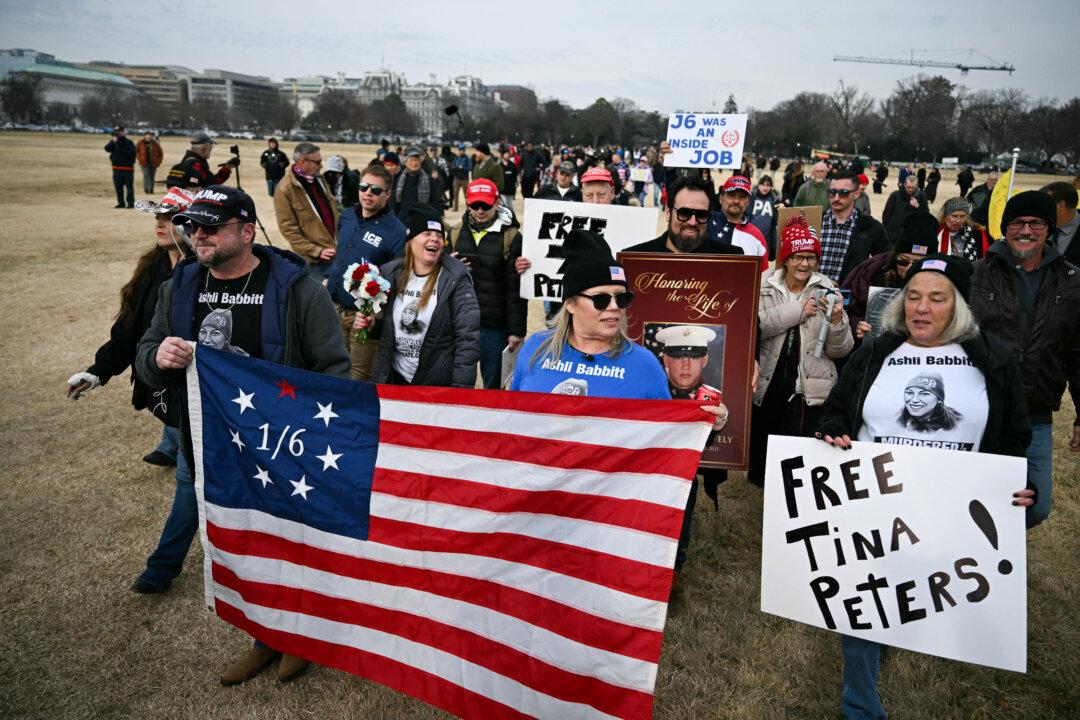West Coast is winning the retail race, according to the latest Marcus & Millichap National Retail Research Report. This year, according to the report, San Francisco and San Jose displaced New York and Washington, D.C., as the top attractors of commercial real estate. The report ranks 44 major U.S. cities in terms of their favorability among retail investors using such metrics as pending construction, projected job growth, rents, and vacancy rates.
West Coast cities are having mixed results, with Northern cities doing better than last year and Southern cities faring poorer. San Francisco, San Jose, and Seattle moved up 6, 7, and 7 spots, respectively, to the top of the list. San Francisco and San Jose owe their growth to a boost from the technology sector.
A San Francisco neighborhood to watch is SoMa (South of Market), where vacancies are below 2 percent. Citywide, virtually no retail construction is planned for 2012, after 40,000 square feet having been completed last year.
In San Jose, retailers are taking advantage of Silicon Valley’s huge daytime population. The number of jobs is expected to increase 4 percent this year. Vacancies will decrease dramatically and rents are expected to rise.
However, Los Angeles and Orange County dropped six places each due to a modest job growth of 1.1 percent and 1.7 percent each. However, a strong tourism outlook is expected to draw merchants to tourist destinations in Los Angeles’s beach areas. Hospitality-related businesses, especially restaurants, are expected to see high demand in Orange County. Vacancies will fall to around 6 percent for both areas.
Formerly first and second, New York and Washington, D.C. are now seventh and eighth as more fast-growing economies passed them by.
However, New York City is still the most popular tourist destination in the country, so retail demand will remain strong, especially among high-end corridors. Madison Avenue and Fifth Avenue, which lost some retailers during the recession, are expected to see more leasing activity. International investors are turning to high-value neighborhoods such as Tribeca, the Lower East Side, and Chelsea.
Washington, D.C. suffered from slow job growth due to government gridlock last year but improvements in the housing market along with little new retail inventory will revive the retail landscape.
Florida cities are moving up the list, with Miami up 7 to number 14, and Orlando and Ft. Lauderdale up 6 points each. All Florida cities on the index improved their standings over last year due to a stabilizing market and strong tourism trajectories.
While Florida is seeing earnest recovery, the Midwest is not so hot. Kansas City and St. Louis tanked 9 spots, which is more movement than any other metropolis on the list—the two Midwestern cities are now at 35 and 36 out of 44. Cincinnati, Cleveland, and Detroit cluster at the bottom of the list. Chicago dropped two places to 21.
Best U.S. Cities for Commercial Real Estate
West Coast is winning the retail race, according to the latest Marcus & Millichap National Retail Research Report. This year, according to the report, San Francisco and San Jose displaced New York and Washington, D.C., as the top attractors of commercial real estate.
|Updated:




